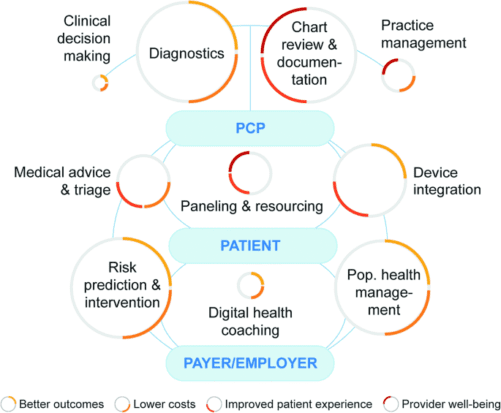AI can help providers and their practices to improve operations like scheduling and patient check-ins and check-outs. AI-powered scheduling software could make life easier for patients and their medical providers. It will be able to analyze previous scheduling patterns for each patient and provide suggestions for the best date, time, provider and location for the patient. It can even automatically schedule appointments to further streamline the process.
If a patient needs to receive multiple treatments or to see several providers on the same day, these tools could develop an optimized schedule for them to follow. This reduces the amount of time spent by both the patient and the scheduling staff to create the next appointment or series of appointments.AI tools can also better understand the complexities that come with every patient and every treatment plan, and these scheduling tools can figure out the optimum visit length for each appointment. A visit for a patient with multiple diagnoses should take longer than a visit for a patient who’s normally healthy.
This approach allows us to optimize providers’ schedules by customizing the amount of time that each patient receives based on their individual needs. Healthcare providers can provide only the amount of time that’s necessary without falling behind in their schedule or rushing from one patient to another. Figuring out these estimates and implementing them into a schedule is prohibitively time-consuming for human beings, but AI can handle it in just a couple of seconds. As we discussed, that can include automatic documentation, better coding, completing forms and more.
This also ties into the concept of risk-adjusted paneling and resourcing. Risk-adjusted paneling can ensure that primary care physicians have adequate time to address the needs of each patient by increasing or decreasing panel sizes based on patient complexity, which can boost patient satisfaction and lead to better work–life balance for physicians. At UCSF, EHR data on healthcare usage has been used to train algorithms to weigh panel sizes in primary care. The hope is that in the future, we’ll be able to use models like these to better determine staffing levels for medical practices based on the amount of care that’s required.






